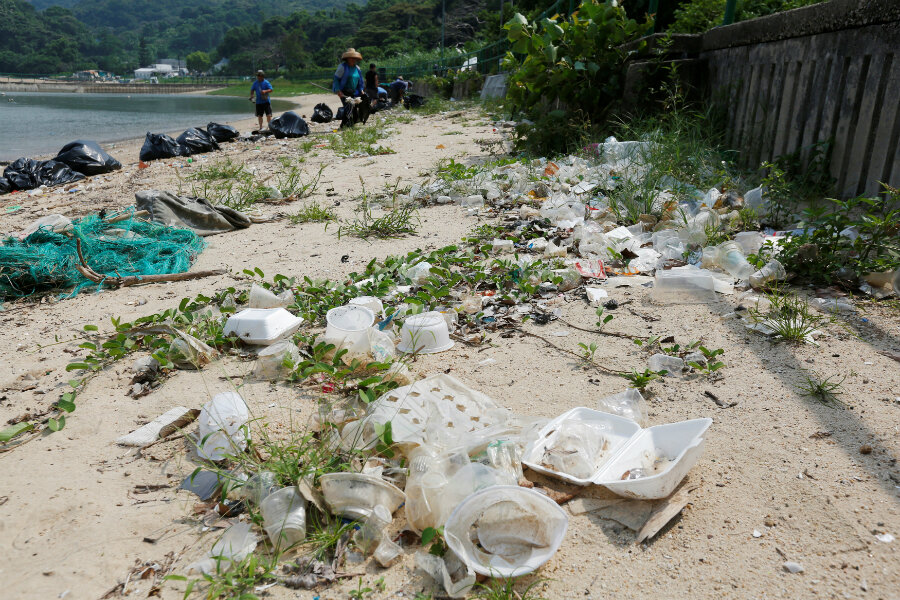The global human footprint may be growing more slowly than we thought
Loading...
The environmental impact of human activity can be seen throughout the globe, and according to new research, those pressures continue to swell. But there may be some good news.
A new study, published Tuesday in the journal Nature Communications, found that about 75 percent of the planet’s landmass was under pressure from human activity. But even though our environmental footprint is definitely increasing, researchers say it’s increasing more slowly than other global factors.
“Seeing that our impacts have expanded at a rate that is slower than the rate of economic and population growth is encouraging,” said lead author Oscar Venter of the University of Northern British Columbia, in a statement. “It means we are becoming more efficient in how we use natural resources.”
Improvements in satellite technology – the same utilized by Stanford researchers to map global poverty – allowed Dr. Venter and colleagues to observe environmental changes on increasingly fine scales. By considering factors such as population density, land development, transportation infrastructure, and light pollution, they were able to measure net increases in human impact between 1993 to 2009.
“Our maps show that three quarters of the planet is now significantly altered and 97 percent of the most species-rich places on Earth have been seriously altered,” said co-author James Watson from the University of Queensland and Wildlife Conservation Society, in the statement. “There is little wonder there is a biodiversity crisis.”
But an additional finding surprised researchers. The human population had increased by more than 23 percent since 1993, and the global economy swelled by more than 150 percent. But the human footprint, somehow, only increased by 9 percent.
It’s not yet clear what led to the unexpectedly low growth of the global human footprint. Researchers note that some wealthier nations actually decreased their domestic footprints. But that could be attributed to the shift of food and material production to other countries.
With so many different factors to consider, global conservation represents a near-insurmountable challenge. But with new human impact maps, conservationists can consolidate their efforts on high-biodiversity regions before they decline.
“We are in an age of extinction, but the difference between a truly mass extinction and just broad-scale extinction could hinge on this linkage between how fast the human footprint grows and if it is less than population growth or more than population growth,” Samuel Cushman, a research ecologist with the US Forest Service, told National Geographic.






